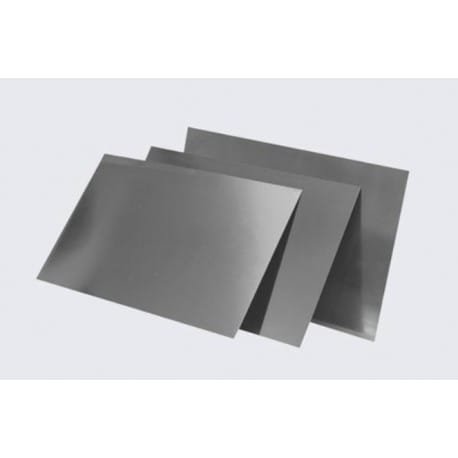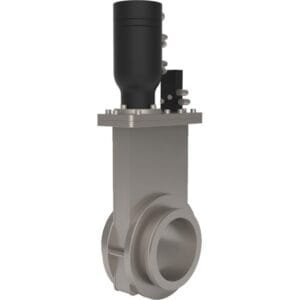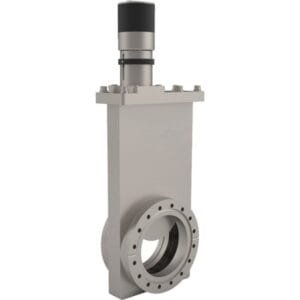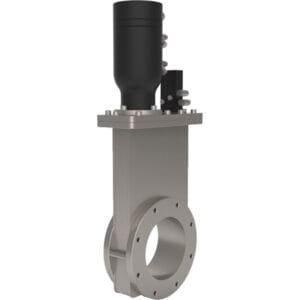Lutetium Foil Description
Lutetium foil, a high-purity rare earth metal product, delivers unique properties critical to advanced research and high-precision industrial applications. As the heaviest and one of the rarest lanthanides, lutetium (Lu) provides exceptional density, thermal neutron capture ability, and chemical stability—qualities that make lutetium foil an indispensable material in nuclear science, electronics, and phosphor manufacturing.
Material Overview: What Is Lutetium?
Lutetium is a silvery-white, ductile metal with atomic number 71. It belongs to the lanthanide series but is often considered a transition element due to its stable trivalent oxidation state (Lu³⁺) and complex electron behavior. Though scarce in nature, lutetium’s remarkable properties enable its use in highly specialized areas of materials science.
Lutetium Foil Specifications
| Property | Details |
|---|---|
| Product Name | Lutetium Foil |
| Chemical Symbol | Lu |
| Purity | 99.5% to 99.99% (REO basis) |
| Appearance | Silvery-white, metallic, rolled thin sheet |
| Available Thicknesses | 0.05 mm to 0.5 mm (custom thickness available) |
| Standard Widths | 10 mm to 100 mm |
| Density | ~9.84 g/cm³ |
| Melting Point | 1,663 °C |
| Packaging | Vacuum sealed under argon or inert gas |
| CAS Number | 7439-94-3 |
Applications of Lutetium Foil
1. Nuclear Science and Neutron Capture
Lutetium has one of the highest thermal neutron capture cross-sections of any rare earth element, making lutetium foil useful as a target or shielding material in research reactors and medical isotope production (such as Lu-177 for cancer therapy).
2. High-Temperature Thermometry
Due to its sharp phase transition characteristics, lutetium foil is used in high-temperature calibration as a reference material in pyrometry and thermal analysis devices.
3. Semiconductor and Electronics Research
In microelectronics, lutetium-based compounds are being explored for gate dielectrics, scintillators, and ferroelectric thin films. Lutetium foil plays a role in substrate preparation and precursor vaporization in these applications.
4. Phosphor Manufacturing
Lutetium compounds such as Lu₂O₃ are important precursors in phosphor production for LEDs and medical imaging screens. Lutetium foil can be oxidized in controlled atmospheres to produce ultra-pure Lu₂O₃ powders.
5. Advanced Material Research
In laboratory settings, lutetium foil is used in thin section metallurgy, vapor deposition, and as a starter material for alloy production involving other high-purity rare earth elements.
Key Benefits of Lutetium Foil
Exceptional Purity: Enables precision control in analytical and research environments.
Stable and Ductile: Can be handled and processed into ultra-thin foil without fracturing.
Corrosion Resistant: Maintains chemical integrity in dry air; suitable for long-term applications.
Nuclear-Grade Capable: High neutron capture cross-section makes it suitable for isotope generation and radiation shielding.
Safety and Handling
Lutetium metal, including foil form, is stable in air but should be stored in a dry, inert environment to avoid surface oxidation over time. During processing, handle with care using non-metallic tweezers or gloves to avoid contamination. Although relatively non-toxic, all rare earth metals should be handled with standard laboratory precautions.
Customization and Support
TFM offers custom-cut lutetium foil in various thicknesses and purities tailored to your application requirements. Whether you need lab-scale foil for research or bulk orders for nuclear or electronic applications, our team will assist with specification matching, purity documentation, and global shipping.
Related Products
Lutetium Oxide (Lu₂O₃) Powder
Lutetium Metal Ingot
Rare Earth Metal Foils (Yttrium, Erbium, Dysprosium)
FAQs – Lutetium Foil
Q1: What is the standard purity of lutetium foil?
A: Most suppliers offer 99.9% or 99.99% purity on a rare earth oxide (REO) basis.
Q2: Can lutetium foil be used in vacuum deposition?
A: Yes. Lutetium foil is suitable for use as a vapor source in vacuum thermal evaporation processes.
Q3: Is lutetium foil radioactive?
A: No. Natural lutetium is not radioactive, though isotopically enriched Lu-177 is radioactive and used in medical applications.
Q4: What is the typical lead time for custom thickness?
A: Lead time varies by thickness and quantity, but custom orders generally ship within 2–3 weeks.
Q5: How should lutetium foil be stored?
A: Store in a sealed container under inert gas or vacuum to prevent surface oxidation.





Reviews
There are no reviews yet.